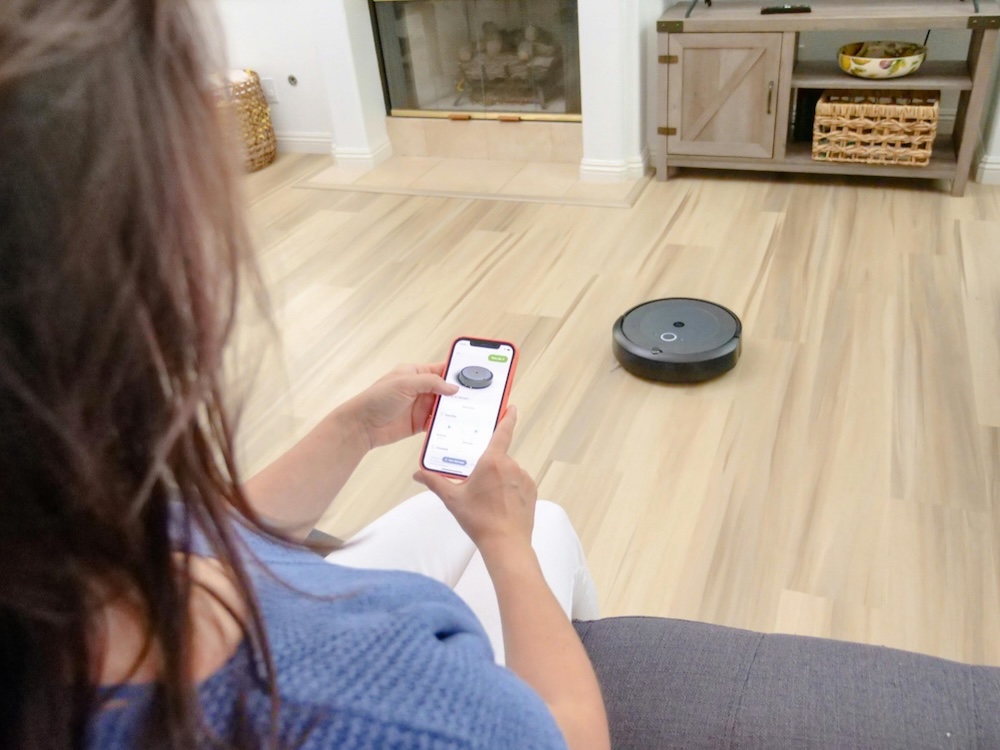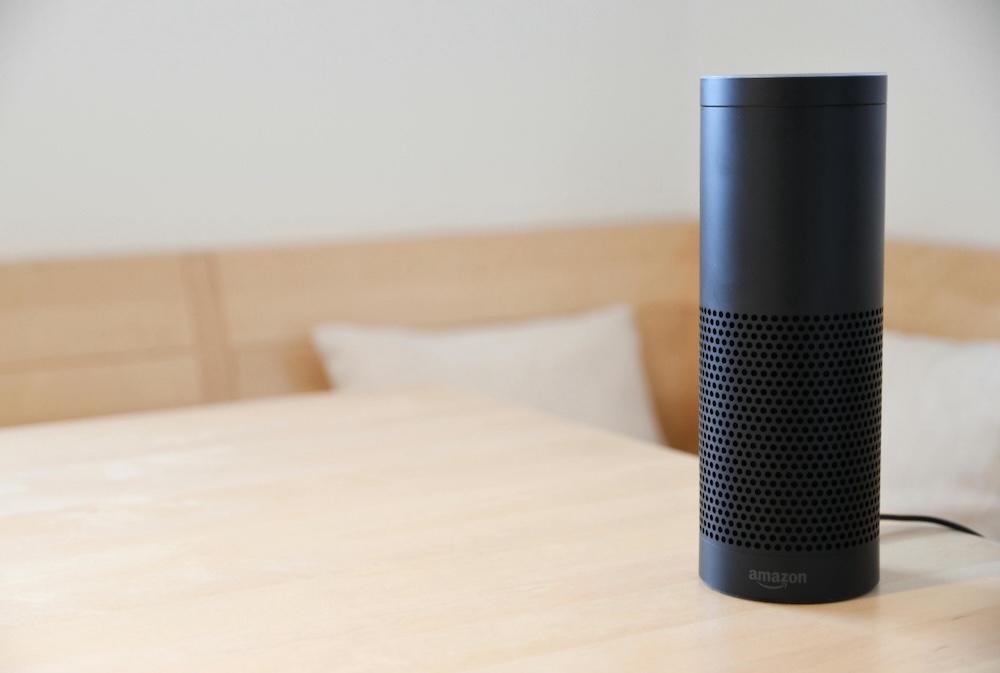Toolkit
Smart Homes: Knowledge Repository
Smart Home Harms and How to Prevent Them
Smart home devices have transformed the way we live – designed for efficiency, convenience, and security. From smart speakers and security cameras to smart locks and thermostats, these technologies offer numerous benefits. However, they also come with serious design and security risks. Evidence shows that such risks are exploited in abusive personal relationships.
Although smart home devices are designed to enhance home life, research has highlighted critical security and privacy vulnerabilities. These extend beyond unknown adversarial attacks and surveillance into households where an abuser can use the technology to monitor, intimidate, and manipulate their partners which can cause fear, distress, and harm to their victims.

Smart Home Abuse Dynamics
Smart home enabled abuse, known as ‘tech abuse,’ can start in the early stages of a couples’ relationship. The male partner typically sets up and maintains the smart home system, taking on the role of the ‘tech expert.’ Partners may share passwords and responsibilities. However, in abusive relationships this control over the technology enables a perpetrator to control the whole home. Smart devices such as cameras or smart speakers can soon be exploited for the surveillance and coercion of others living in the same household such as partners and children.
Examples of how smart home devices can be misused include:
- Tracking and spying – Abusers can monitor smart cameras, speakers, or other connected devices to track a victim’s movements and conversations.
- Locking victims in or out of the home – Smart locks can be controlled remotely either to lock victims in the house or deny them access to their own homes.
- Manipulating home environments – Abusers may tamper with heating, lighting, or alarms to create discomfort or fear.
- Collecting personal data – Smart devices can store sensitive information that may gathered by a perpetrator to exacerbate personal conflicts in the home.
- Recording and publicising intimate content – Some perpetrators use smart cameras to secretly record victims’ activities and movements, sometimes with the intent of blackmail or exploitation by spreading intimate details online.
Women, children, people with disabilities, older individuals, and those with narrow digital skills are particularly vulnerable to tech abuse. For example, women who are juggling housework, childcare and paid work often do not have the know-how, confidence, or time to grapple with the technology. They face challenges in safeguarding themselves from both the design, security and privacy weaknesses of smart home devices and perpetrators’ harmful motives.

Solutions for Safer Smart Homes
Drawing on our three stakeholder workshops which supported our research, we propose recommendations to improve smart home device safety and prevent perpetrators’ misuse of the technology. These include both design and policy improvements to ensure that smart homes are secure for all householders, not just those who set up and take charge of the technology.
Design Solutions:
Improved ‘security by design’ is required to ensure that cybersecurity is integrated into the lifecycle of smart home products. To safeguard at-risk users such as victim/survivors of tech abuse, the technology should also be designed to prevent potential misuse, as listed in the following recommendations:
- Stronger security measures – The prevention of default passwords and the requirement for regular security updates.
- Shared control options – The design of smart technology that enables multiple users to have equal access to device settings and prevents one person from having total control over devices and systems.
- User-friendly interfaces – Smart home controls should be simple, intuitive, transparent, and easily accessible by anybody, whatever their level of digital skills.
- Physical safety features – Manual switches for microphones and cameras to provide an extra layer of security.
- Discreet safety functions – Devices should include features to enable potential victims to identify signs of abuse and to adjust settings and report issues in ways that potential abusers cannot detect.
- Transparency dashboards – Smart devices should display clear information about what they are recording, who has access, and any recent setting changes.
Policy Recommendations:
Improved policymaking is required to prevent smart home risks and achieve ‘smart home safety for all’ by ensuring that tech abuse prevention is integrated into design regulation, in line with the following recommendations:
- Collection of evidence of abuse – Law enforcement should introduce official methods for reporting, documenting, and investigating tech abuse cases.
- Training for police and support services – Law enforcement and professional support workers need training to identify and manage tech abuse cases.
- A national database of tech abuse – A centralized resource documenting different forms of tech abuse could help inform better policies and future device designs.
- Simplified smart home manuals – The legal and technical language in smart home device manuals must be simplified for all users to grasp with ease.
- Threat modelling against tech abuse – Informed threat modelling of smart devices and systems against tech abuse is required to ensure safety for all.
- Cybersecurity and design strategies – Smart home policies and designers need to be better informed by the gendered and domestic circumstances that lead to tech abuse to safeguard ‘at risk’ householders. This can be achieved through inclusive, citizen-centred policy and design principles: by involving diverse groups of people, including victim/survivors of tech abuse, in both the policymaking and design of smart home products to prevent ‘real world’ risks and harms.
Ultimately, smart home designs should safeguard everybody’s security and privacy and enable everyone to gain full control over their home environment. Our goal is to ensure safety for all.





